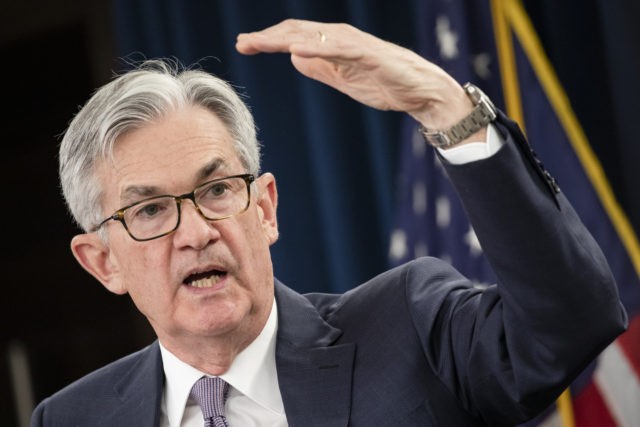Wages and benefits of U.S. workers jumped in the first quarter of the year by the most in 13 years, data released by the Department of Labor showed Friday.
Total compensation for U.S. workers rose 0.9 percent in the January-March quarter. That is an acceleration of wage gains from the final three months of 2020, when wages rose 0.7 percent.
The data showing the gains come amid rising complaints from businesses saying that they are having trouble finding qualified workers. Some businesses have pointed the finger at the federal government’s enhanced unemployment benefits program, which pays jobless Americans $300 a week in addition to regular benefits, as holding back employment expansion.
On Wednesday, Fed Chair Powell said he had not seen evidence of a labor shortage because wages were not yet rising. That now is an outdated view.
“Clearly there’s something going on out there as many companies are reporting labor shortages,” Powell said at his press conference following the Fed’s two-day monetary policy meeting. “We don’t see wages moving up yet, and presumably we would see that in a real—you know, in a really tight labor market.”
The wage gains likely do not yet reflect the additional demand likely to come from the surge in government spending planned by the Biden administration. Although incomes were up by record amounts in March thanks to direct stimulus payments, much of the funds authorized by the American Rescue Act in March have not yet been spent. Consumer spending rose by 4.3 percent in March, suggesting that only a tiny fraction of the stimulus payments made their way from bank accounts to the broader economy.
The reading of wages and benefits comes from the Labor Department’s Employment Cost Index. Because it counts only workers who keep their jobs, it is not directly affected by layoffs.
Economists had forecast a 2.7 percent rise, flat with the end of 2020. The stronger than expected compensation gains may indicate that there is more inflationary pressure in the economy than previously thought.

COMMENTS
Please let us know if you're having issues with commenting.